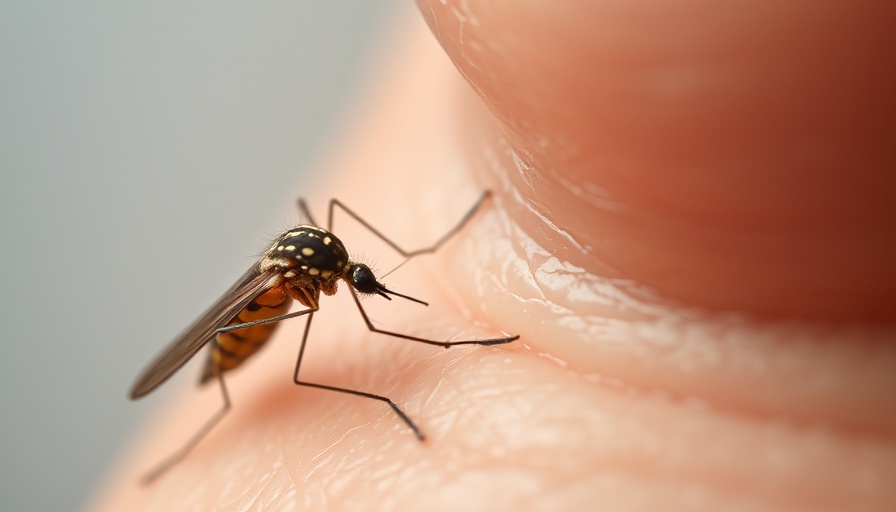
Understanding the Human Aging Process: Insights from Recent Research
Recent research is shedding light on the complex relationship between aging and mortality. While many believe that advancements in healthcare and living conditions have drastically altered our lifespan, a new study suggests otherwise. According to researchers, the rate of human aging remains relatively constant, despite reports of increased life expectancy.
The Findings of the New Study
The study, conducted by Silvio Patricio at the University of Southern Denmark, revisits a theory proposed by James W. Vaupel in 2010. Using mortality data from Italy, Denmark, France, and Sweden, Patricio discovered that while our life expectancy may have been delayed by about a decade, the biological rate of aging itself has not changed appreciably over generations. This indicates that societal improvements in health, nutrition, and medical science are primarily responsible for increased longevity rather than a fundamental change in the aging process itself.
What Does This Mean for Preventive Care?
Understanding that the biology of aging is consistent emphasizes the importance of preventive care. Health screenings, vaccinations, and chronic disease prevention strategies play an essential role in prolonging life and enhancing the quality of these years. Regular physical activity and a healthy lifestyle, which includes proper nutrition and mental health awareness, are crucial aspects of this preventive approach.
Historical Context: Aging and Major Events
The study also raises intriguing points about historical events such as World War I and II or the 1918 flu pandemic. These events impacted various cohorts at different ages, suggesting that what may appear as a biological shift in aging is, in fact, a historical distortion of data. Recognizing these historical influences can help shape public health initiatives aimed at improving wellness across generations.
Looking Ahead: Implications for Future Health Trends
As we continue to explore the nuances of aging, the focus must remain on proactive healthcare and lifestyle medicine. Enhancing immunity through education on health practices and boosting mental health awareness can empower individuals to take charge of their health. By prioritizing evidence-based preventive measures, society can foster a healthier, more vibrant aging population.
In conclusion, while we may not be able to change the biological speed of aging, understanding its constant nature allows us to focus our efforts on quality of life through preventive health measures. It’s essential to adopt proactive strategies that promote well-being and longevity, championing a culture of health that benefits individuals and society alike.
 Add Row
Add Row  Add
Add 




Write A Comment